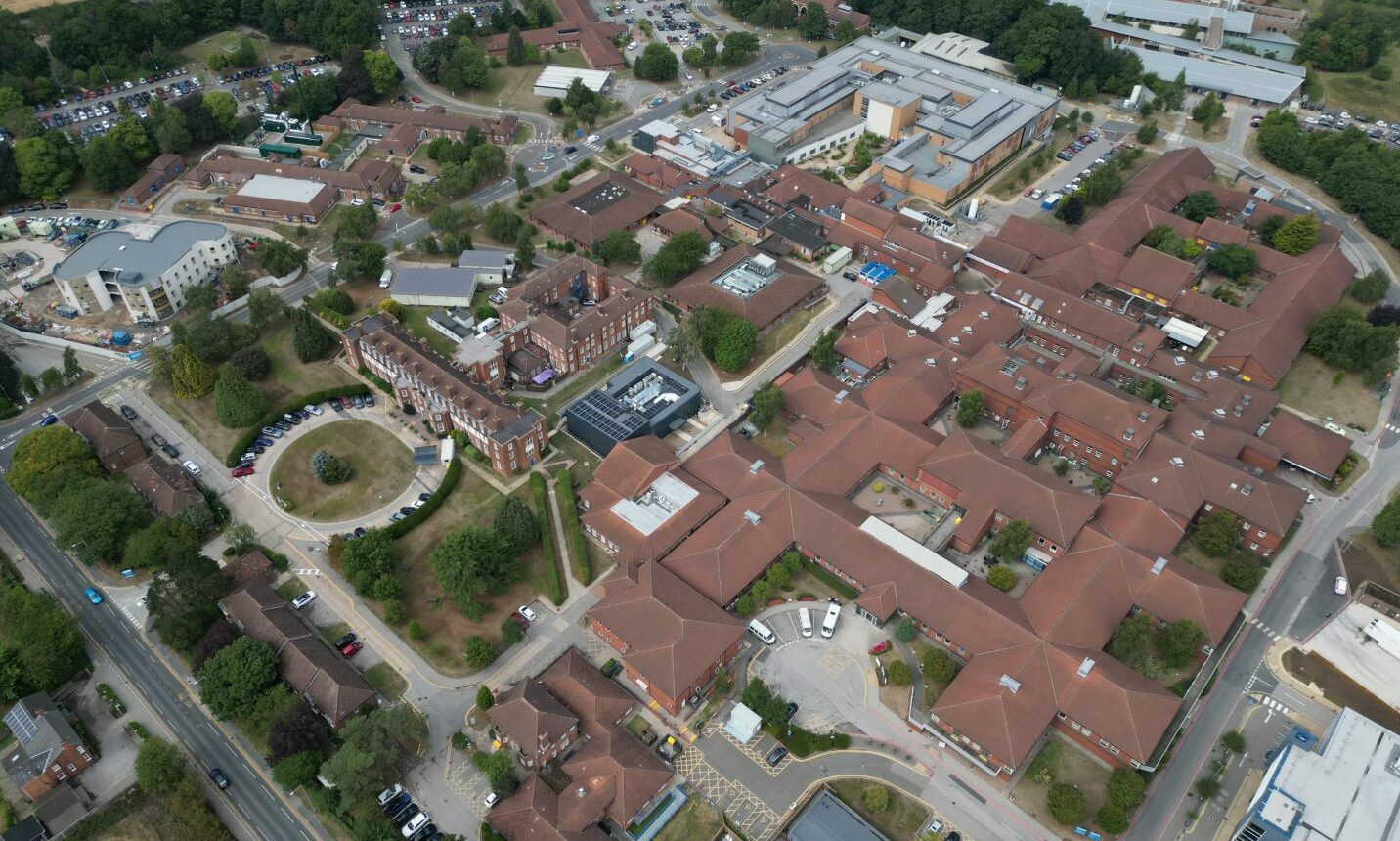A “deplorable” doctor who lied to get an NHS Grampian job has reapplied to work in the country.
Muhammad Ishaque was struck off in 2012 after his deceit came to light.
He had been working at Aberdeen Royal Infirmary and Dr Gray’s, Elgin, as a trainee locum doctor.
After being banned from practising, he responded by sending the General Medical Council (GMC) emails that were “racist and highly misogynistic” – and left Scotland to work for the police in Pakistan.
When did Dr Ishaque work for NHS Grampian?
He worked as a trainee locum for NHS Grampian for two stints between April and September 2011.
He had the necessary GMC registration, but the irregularities in his CV later came to light as a result of “routine screening”.
At the time, NHS Grampian said he was under clinical supervision at all times, never worked independently, and no patients were at risk.
What did the doctor lie about?
During a hearing in 2012, the Medical Practitioners Tribunal Service (MPTS) ruled that Dr Ishaque had “brought the profession into disrepute” with his lies.
When applying for GMC registration, he falsely claimed to be a member of the Royal College of Surgeons.
He also listed four qualifications on his CV – but, in fact, had failed exams for two and not attempted the others.
Additionally, he lied about his age to gain what he perceived as a “competitive edge” by appearing younger during the application process.
Dr Ishaque initially pinned the blame on “computer glitches”.
‘Racist and misogynistic’ emails to chiefs
Six months after the hearing, the doctor sent tribunal chiefs emails full of “racist and highly misogynistic views”.
They also referenced sexual violence.
A report into the matter said he also changed his GMC contact details online using abusive, sexually explicit and aggressive wording.
When questioned, the doctor claimed the correspondence was borne from “frustration, resentment and anger.”
And he said his role in Pakistan was causing “significant stress” because it was endangering him and his family.
Accused of putting status above patients
The doctor had previously applied to return to practice in 2018.
But tribunal chiefs accused him of placing his own interests in resuming as a doctor ahead of his patients, claiming he hadn’t even researched what jobs would be available.
They said his knowledge and skills weren’t up to date – including his fluency of English.
Three-day ethics course ‘helped him see error of his ways’
His latest tribunal heard he now “unequivocally” accepts what happened, but raised some concerns.
“He only gave consideration to the issues which led to his erasure following his dismissal from his position in Pakistan,” it said.
Another red flag for health chiefs was that he needed external input to show why it was wrong to lie on his CV.
Dr Ishaque had highlighted he’d taken an “intensive” three-day course on ethics which helped him recognise his actions were dishonest.
He also undertook a three-month placement in a Hull hospital and worked with a mentor.
Concern over GP job landed ‘via connections’
The doctor also submitted evidence of around 200 hours of training – but did not keep a log of personal reading or study.
The tribunal noted that, over a three year period, this boiled down to just one hour per week.
Additionally, it heard he had been working as a part-time GP at a hospital in Lahore.
But it said this raised further concerns: “Dr Ishaque appeared to have taken a role, which he obtained via his ‘connections’, without a single refresher course or any putting in place a structured framework for resumption of practice.”
What happens next?
The tribunal ruled that Dr Ishaque’s written statement was “superficial”, and the oral evidence he gave in favour of his reinstatement was “vague and difficult to follow.”
It noted how it has been 10 years since he was struck off, when he was at a relatively early stage in his career.
“Dr Ishaque did not appear to sufficiently appreciate that significant changes in medical practice may have occurred during his absence,” it said.
Overall, it said patients would still be placed at risk if he was to return to work.
It refused his application.




Conversation